Published Spring 2016
Before one is permitted to indulge in kosher Jewish delicacies such as chopped liver, liver steaks and onions, or sauteed chicken livers, raw liver must undergo various processes before the liver is deemed fit for kosher use. First, as with all kosher meat, the liver must come from a kosher species of animal or fowl that has been schechted, slaughtered, in the proper manner prescribed by the Torah. If it is an animal liver, all the fat must be meticulously removed. Furthermore, the Torah forbids eating the blood of an animal or bird. Therefore, it is necessary to extract the blood from the kosher slaughtered meat or liver.
How is the blood removed? With meat, this process is commonly known as kashering and is accomplished by soaking the meat in water, salting it, and then rewashing it. With liver, this method of extraction is insufficient. Since liver contains such a large concentration of […]




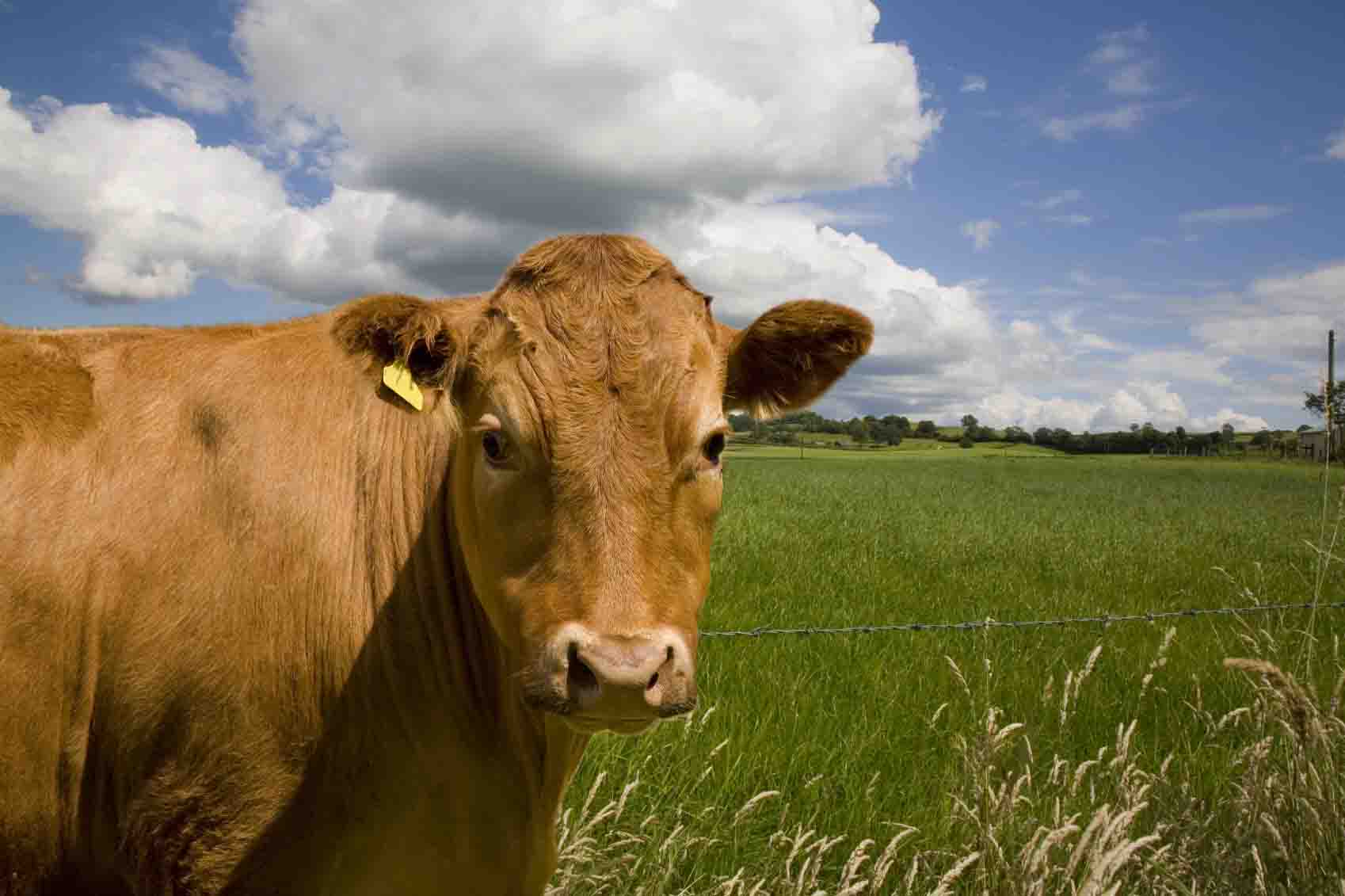
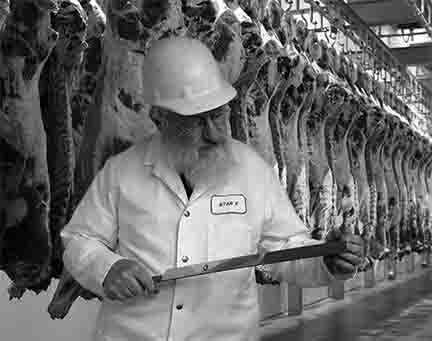

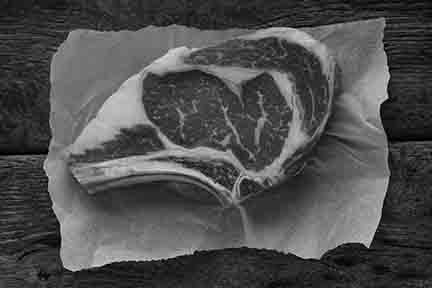
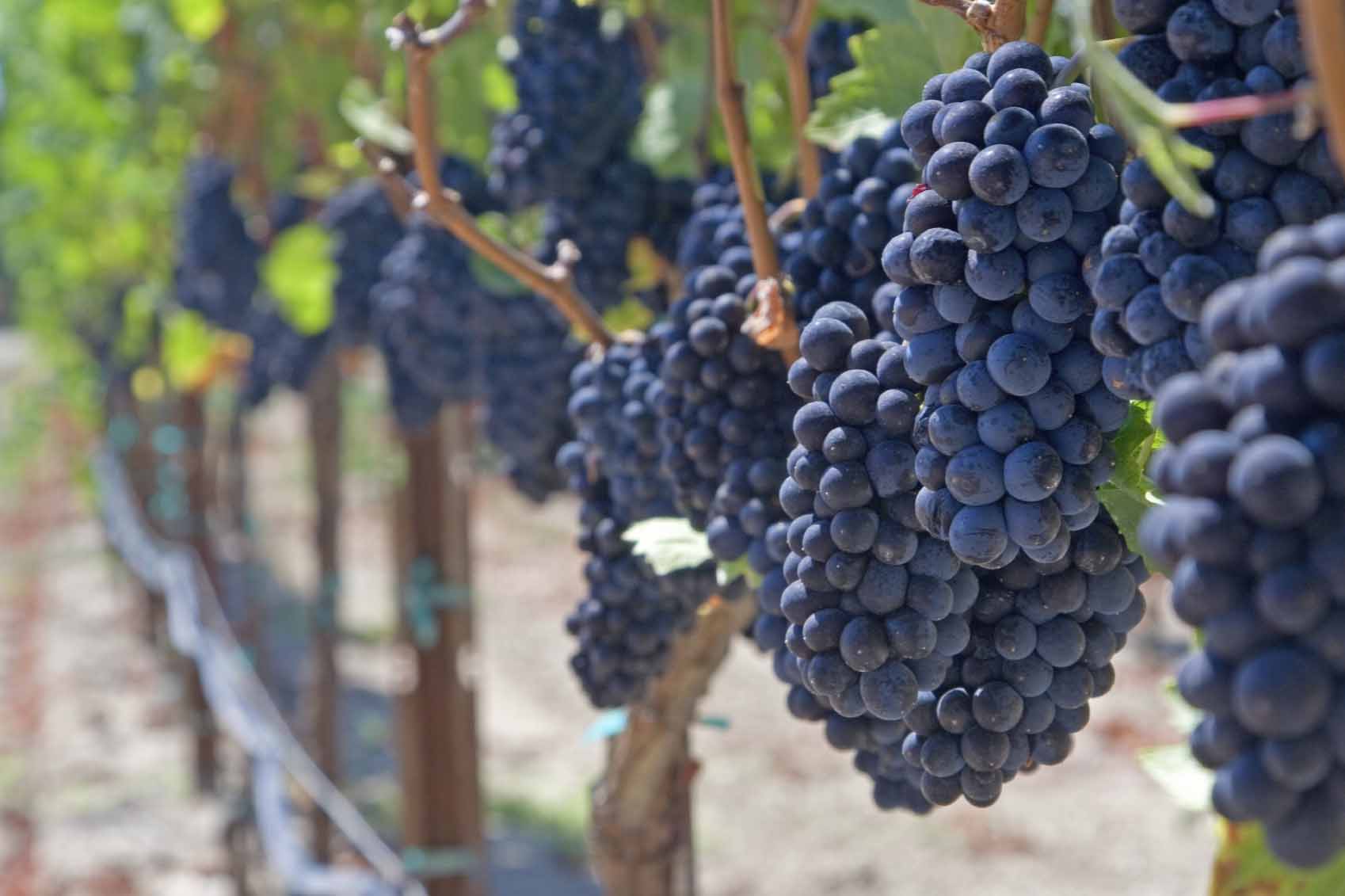
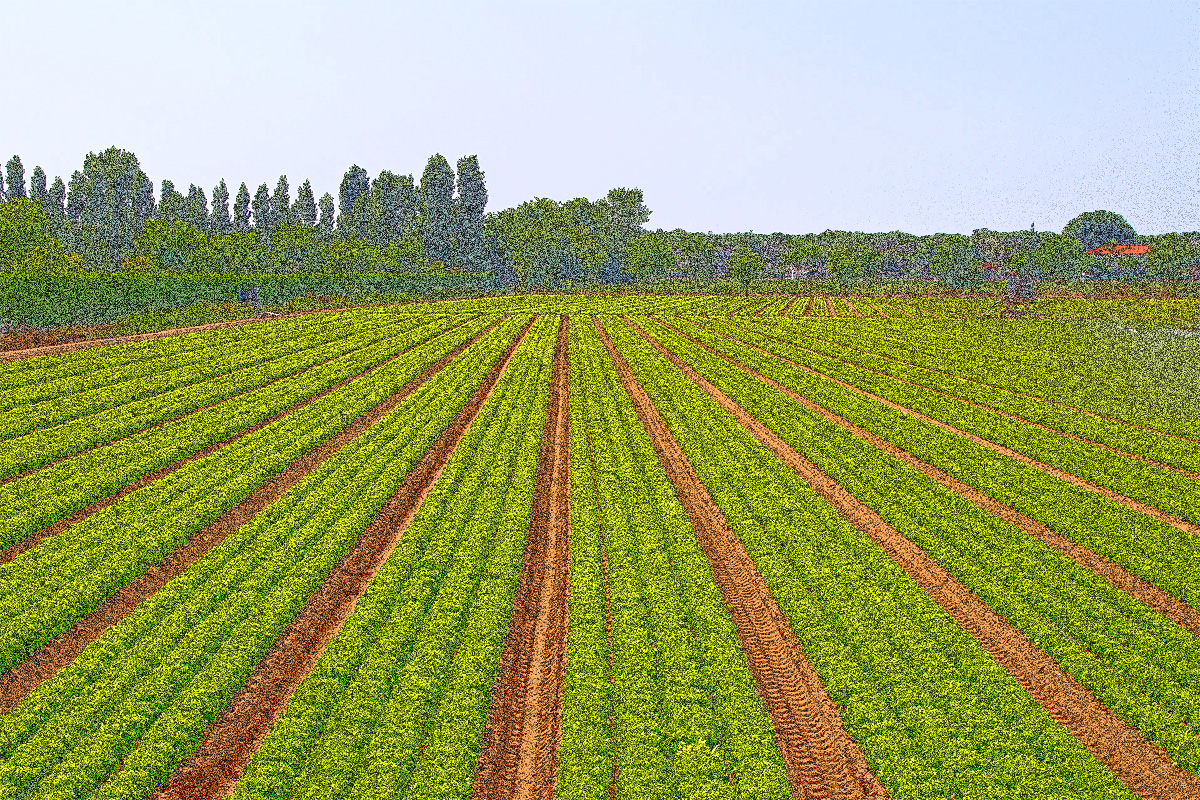
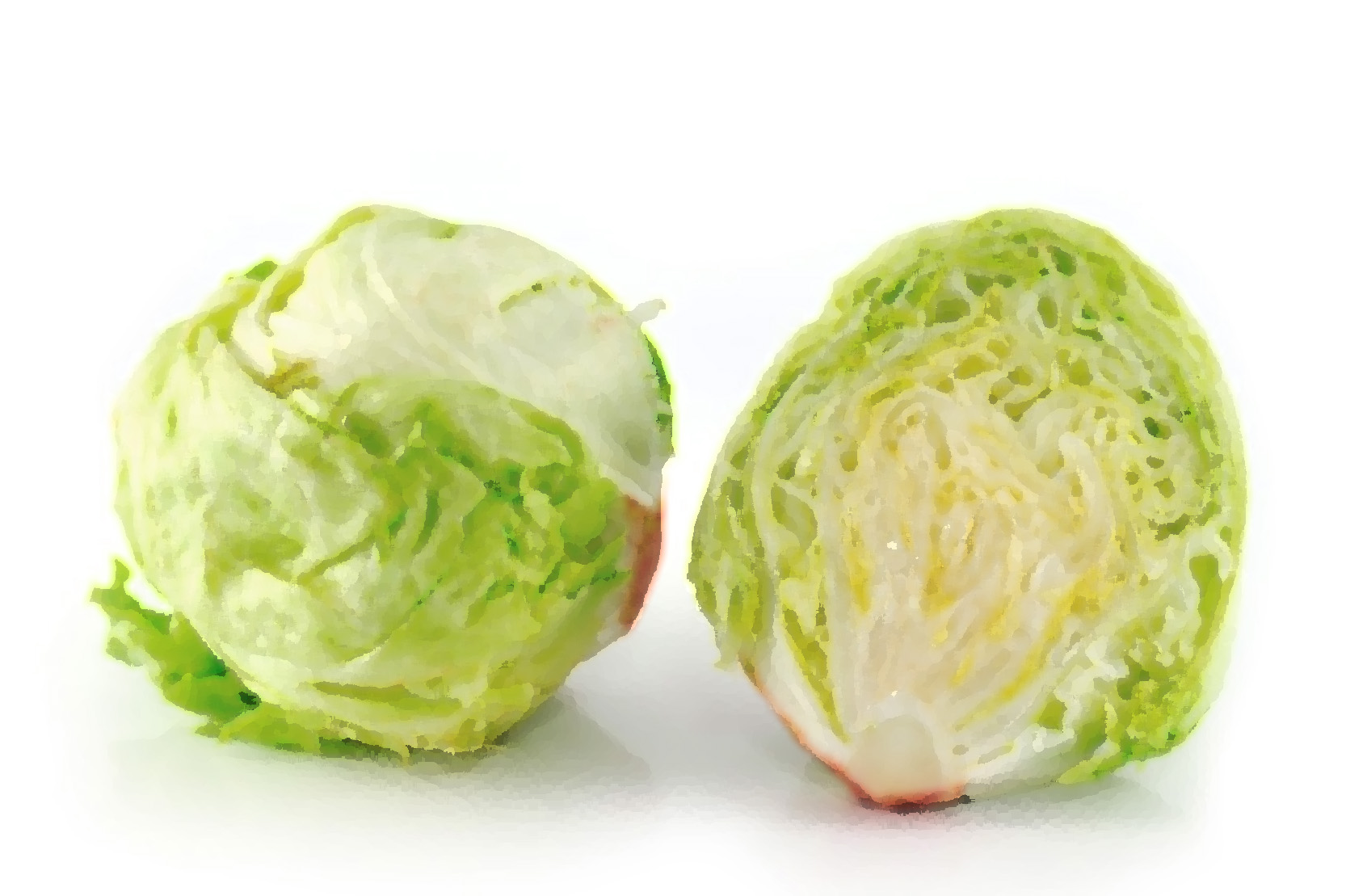



 STAR-D
STAR-D STAR-S
STAR-S